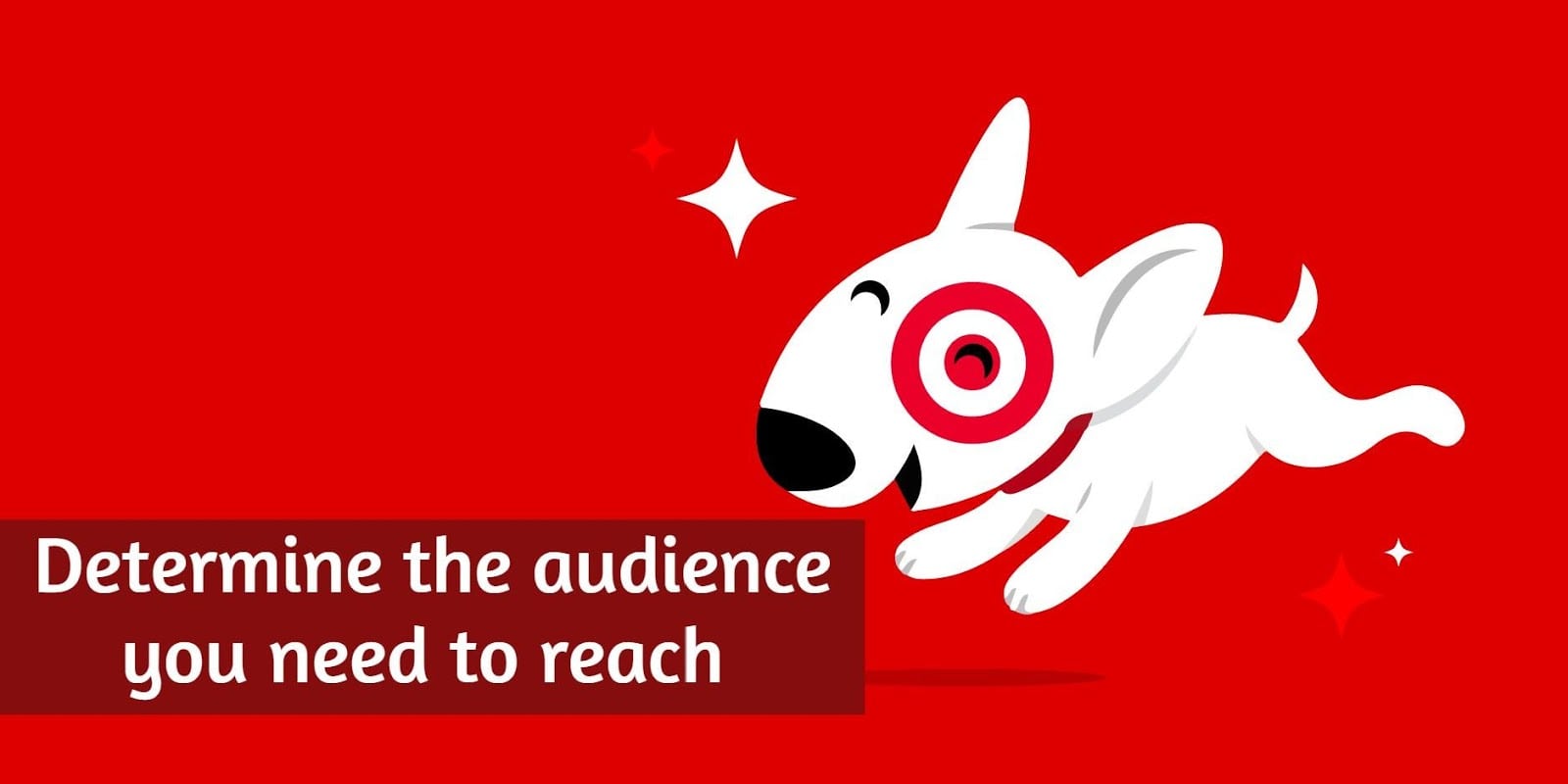
Top 12 Steps To Optimize Your Blog Post For SEO [2021]
Now in today’s internet culture, it's essential to utilize search engine optimization tools to direct traffic to your site. One way of performing this is through effective blog writing.
The content in your blogs, however, needs to be optimized therefore by populating it with relevant keywords, phrases, plus images. These small steps will work starts in getting your blog noticed by various search engines, which will in turn direct traffic to your website.
Search Engine Optimization (SEO) and content marketing are the same. You can’t do SEO without content. No content? No rankings. Also blogging is the base of content marketing. That’s why it’s so significant to know how to optimize a blog post for SEO.

1. Research the Blog Topics
First things first – you need to figure what to write about! Begin your search by listing your target keyword into the Google search bar. For this example, I will simply type “differences between chatbot & knowledge assistants” into the search bar.
The first few results are paid ads. Browse over these and write down the titles. Then, scroll down to that organic results also do the same. Below the local results, you'll notice a People Also Ask section. This is an outstanding resource for creating good blog content. Write down these inquiries and discuss them in your blog!
2. Conduct Competitive Research
If you want to conduct your competitive research. This is where you are going to go ask questions like:
- Who else is ranking for this keyword?
- Who has produced heavily shared content in this space?
Keyword Research & Focus on 1-2 Long-Tail Keywords which matches your reader’s intent:
Optimizing your blog posts is not regarding stuffing as various relevant keywords into the article as you can (that can hurt your SEO presently). It’s regarding writing for humans first, and search engines second.
Adding 1-2 long-tail keywords that you’d like to rank for helps formulate solid content that doesn’t feel incredible or forced. Also focus on these long-tail keywords because they are longer, give more user intent, and are normally less competitive.

3. Determine the audience you need to reach
Related, determine the audience you're seeking to reach with the post. So that could be likely new readers. It could be enduring loyal fans. "Yay," he's flying a flag. It could be influencers, folks who can spread your message, and maybe you're not even seeking to attract them to broadcast this particular message, you just want their consideration so in the future you can reach them.
4. Now Include These 1-2 Target Keywords into Specific Areas of Your blog Post
Now that you’ve completed your keyword research and decided 1-2 good keywords, you’d like your blog post to rank for, it’s time to put them in your article.
Where are the most suitable places to add these keywords so that your SEO rankings are as high as possible? There are four chief places, described below:
Title Tag
The title (i.e., headline) of your blog post will be a search engine's also reader's first step in defining the relevancy of your content. So, including a keyword here is important. Google calls this the "title tag" in a search result. Be sure to add your keyword in the first 60 characters of your title, which is simply about where Google cuts titles off on the SERP.
Headers & Body
Before you start writing a new blog post, you'll presumably think about how to include your keywords into your post. That's a smart idea, but it shouldn't be your single focus, nor even your prime focus. Whenever you create content, your main focus should be on what matters to your audience, not how many times you can enter a keyword or keyword phrase in that content. Focus on being helpful and answering whatever question your consumer might've asked to visit on your post.
Meta Description
This is the description that appears under your page title on that SERPs and is very essential for click-through-rates. The keywords inside of the Meta Description as not as essential as the title tag, although a clear description that equals your readers’ intent is a good place to start.
URL
Search engines still seem to your URL to figure out what your blog post is regarding. It is a good idea to optimize your URLs on each post you publish, as every blog post will live on its unique URL.

5. Add Images & Videos to Your Blog Posts
Images and videos are considerably more pleasant than plain text.
You want to make sure that your blog posts include images within paragraphs.
When combining images, you want to be concerned about image copyrights. Often interns copy images from other sites to use on their site, and this can make you in legal trouble if you do so externally proper permissions.
6. Feature Engaging Visuals (Videos, Infographics, Photographs) to Increase Time Spent on Page & Optimize Them For SEO
Consumer attention measures are falling by the day. But there’s one thing you can do to grasp people staying on-site for longer: add visuals. It’s been proven that images are also compelling than copy and, when you add that to the point that people recognize what they see rather than what they read, you’ve seen yourself an important reason to add images to your posts.
Don’t just end at static images though. Populate your posts with related videos, charts, also infographics to dramatically improve the time people spend on the page. But remember, if you need to avoid any sticky copyright situations, make sure you eternally include the image source.
7. Quality Content is King
Google’s latest algorithms are readable content-rich, long-form articles that cover things like videos, images, plus infographics.
Aim for 2,500+ words, as the ordinary first-page result contains 1,890 words. Just learn that content quality and significance play a huge role in page rankings. Only creating a long blog post won’t improve your rankings if the content isn’t related to the user’s query.

8. Optimize Images
Your image file names should insert keywords, too. Who knew! Avoid names like image1.jpg or 1928302_19283.jpg, and rather try simply-answer-engine.jpg.
Also, examine using alt tags. Alt tags are used in code to define the form and function of an image on a page. They act as alternative text to photos for web convenience and to provide better image context/descriptions to search engine crawlers, helping them index images properly.
These are also essential for visually impaired users who use covering readers who read alt properties to better understand on-page images. Moreover, Alt tags are presented in the place of an image if an image file can't be loaded.
9. Create internal links to another blog posts and webpages
Internal links give Google information about the structure of your website. They can build a hierarchy on your site, permitting you to give the most valuable pages and posts more link value than another, less valuable, pages. That being said, utilizing the right internal linking approach can boost your SEO! The higher internal links a page has the higher its rank.

10. Submit Your Blog on Social Bookmarking Sites & Blog as a Guest
.What are the purposes of guest blogging? Three main ones: putting yourself as an authority in your business, getting traffic, plus building backlinks to your website. There are several blog submissions sites, but here's a shortlist for your implication:
- Mix - Add your blog to the correct category to help people find your content.
- AllTop - Submit your blog here to expose your content to a new audience.
- TechCrunch – This site is focused on sharing news about tech start-ups.
- Digg - It's all about the most-talked-about knowledge on the Internet.
11. Don't use too many similar topic tags.
Topic tags can help create your blog content, but if you misuse them, they can be harmful. If you have several similar tags, you may become penalized by search engines for having duplicate content.
Consider it this way, when you create a topic tag you also create a new site page wherever the content from these topic tags will appear. If you use too several similar tags for the same content, it appears to search engines as if you're giving the content multiple times during your website.

12. Optimize Your On-Page Load Time
How frustrated when you see a webpage takes ages to load?How frustrated when you see a webpage takes ages to load?
If you immediately feel that little fire blazing in your chest and start aggressively drumming your thumbs on the nearest surface, you’re not alone. You see, page load time is an important part of SEO, but it’s one that several people overlook. Check out Google Page Speed to assist you to get your load time up to the mark and, if it’s still making aggressive surface drumming, there are lots of plugins that help optimize load speed.
So Now Are You Ready to Optimize Your Blog Post for SEO?
SEO is an amazing tactic or technique for businesses to tap into, but we get that the language and mumbo jumbo can be difficult and head-spinning, particularly if you’re not tech-savvy. But it doesn’t have to be difficult.
All you require to do is make sure Google knows exactly what your content is regarding by combining keywords and phrases, and assuring your content is the best quality it can be.
Consulting Agency for Your Business
We build a system that spends less to get more business leads. Get in Touch with us Today..!!
